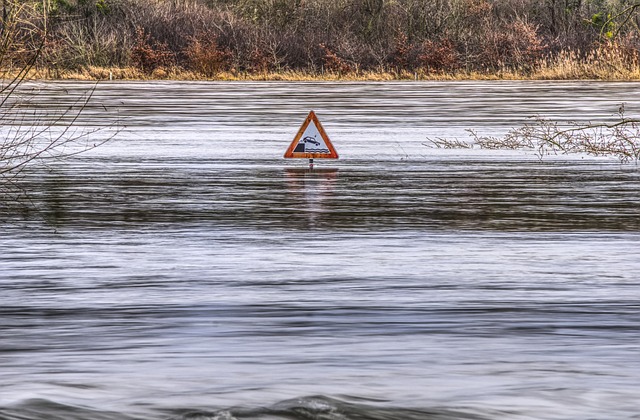Claimed to be the most precise forecast to date

The most precise flood risk projections to date under climate change, according to Fathom, a global leader in water risk information, have been made.
The study, which was published in Water Resources Research, looked at both a pessimistic high-emissions scenario (SSP5-8.5) and an optimistic low-emissions scenario (SSP1-2.6) and compared the present inland and coastal flood risks with projections for the years 2050 and 2100. Only if all of the global carbon reduction targets are met will the optimistic scenario come true.
The results show that flood dangers are expected to rise by a median of 9% by 2100 relative to 2020 under the low-emissions scenario, with probable outcomes ranging from a 6% decrease to a 29% increase. On the other hand, the high-emissions scenario projects a much sharper increase in flood risks, with a theoretical range of 7% to 109% and a predicted 49% increase by the end of the century.
Near-term projections up to 2050 show smaller increases in flood hazards, with a 7% rise under the low-emissions scenario and 15% under the high-emissions scenario. These scenarios exhibit significant overlap in their likely outcomes by 2050, with the low scenarios ranging between a 7% decrease and a 26% increase, and the high scenarios ranging between a 5% decrease and a 43% increase. After 2050, the divergence between the scenarios becomes more pronounced.
In both cases, increasing coastal flooding is anticipated because of the seas’ delayed reaction to the current warming. Coastal flood hazards might rise by 99% by 2100, even in the optimistic low-emissions scenario.
Though these forecasts are highly unclear, the most significant increases in floods are expected along the world’s coastlines, in tropical Africa and Asia, and in the desert regions of North Africa. There is more certainty about increases in flood danger along the shores of the North Atlantic and Indian Oceans, Southeast Asia, and the Pacific Islands.
The study also highlighted the significant uncertainties that still exist in climate forecasting, which are mostly caused by inadequate flood defence knowledge, missing data errors that cannot be prevented, and a lack of benchmarking data.
Building on nearly ten years of advances in flood inundation models, the research represents a significant step forward in global flood modelling. The resolution, physical accuracy, and integration of climate change data in these models have greatly increased, allowing for more accurate assessments of asset risk, population exposure, flood defence cost-benefit analysis, and future loss projections.
What are your thoughts on this story? Please share your ideas in the comments below.




Today, while I was at work, my cousin stole my iphone and tested to see if it can survive a forty foot
drop, just so she can be a youtube sensation. My iPad is now
destroyed and she has 83 views. I know this is completely off topic but I had to share
it with someone!